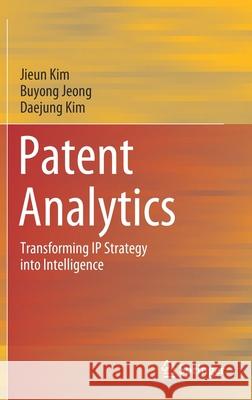Patent Analytics: Transforming IP Strategy Into Intelligence » książka
topmenu
Patent Analytics: Transforming IP Strategy Into Intelligence
ISBN-13: 9789811629297 / Angielski / Twarda / 2021 / 206 str.
Kategorie:
Kategorie BISAC:
Wydawca:
Springer
Język:
Angielski
ISBN-13:
9789811629297
Rok wydania:
2021
Wydanie:
2021
Ilość stron:
206
Waga:
0.50 kg
Wymiary:
23.39 x 15.6 x 1.42
Oprawa:
Twarda
Wolumenów:
01
Dodatkowe informacje:
Wydanie ilustrowane











